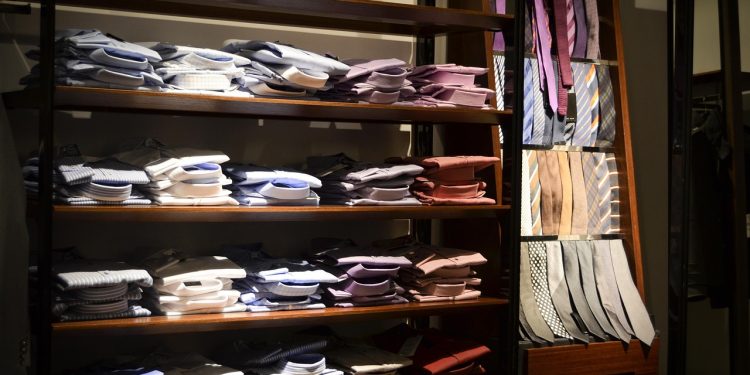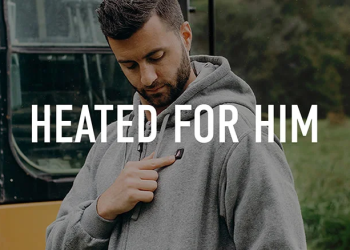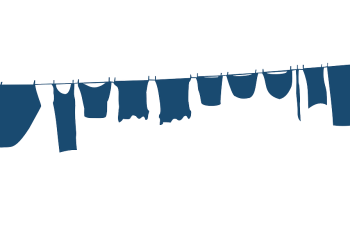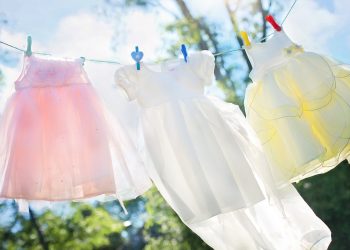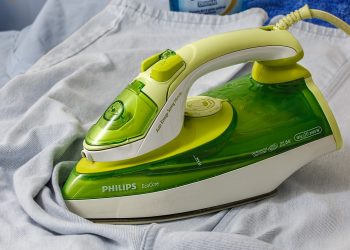Building an eco-friendly wardrobe is more than a trend—it’s a commitment to sustainability, ethical practices, and conscious consumption. By curating a wardrobe that aligns with these values, you not only reduce your environmental impact but also embrace a more mindful approach to fashion. Here’s a step-by-step guide to creating a wardrobe that’s both stylish and sustainable.
Assess Your Current Wardrobe
Before making new purchases, evaluate what you already own:
- Declutter Responsibly:
- Sort through your clothing and identify items you no longer wear.
- Donate or recycle gently used items instead of throwing them away.
- Identify Gaps:
- Note essential pieces missing from your wardrobe, such as a quality coat or versatile jeans.
- Rediscover Hidden Gems:
- Revisit items you may have forgotten and think of new ways to style them.
Taking stock of your wardrobe prevents unnecessary purchases and helps you focus on what you truly need.
Prioritize Quality Over Quantity
A cornerstone of an eco-friendly wardrobe is investing in fewer, higher-quality items:
- Durable Fabrics:
- Look for clothing made from durable materials like organic cotton, wool, or linen.
- Choose items with sturdy stitching and high-quality finishes.
- Timeless Styles:
- Opt for classic designs that won’t go out of fashion.
- Neutral colors and versatile silhouettes ensure your pieces remain relevant.
- Cost-Per-Wear:
- Calculate the value of an item based on how often you’ll wear it.
Investing in quality pieces reduces waste and ensures your wardrobe lasts longer.
Choose Sustainable Fabrics
The materials in your wardrobe play a significant role in its environmental impact:
- Organic Cotton:
- Grown without harmful pesticides, reducing water and soil pollution.
- Tencel (Lyocell):
- Made from sustainably sourced wood pulp, it’s soft, breathable, and biodegradable.
- Recycled Fabrics:
- Materials like recycled polyester and nylon help reduce waste.
- Hemp and Linen:
- Both require minimal water and pesticides, making them eco-friendly choices.
By prioritizing sustainable fabrics, you contribute to a cleaner and greener fashion industry.
Embrace Second-Hand and Vintage Shopping
Thrifting is an excellent way to build a unique, eco-friendly wardrobe:
- Benefits:
- Reduces demand for new production.
- Offers access to high-quality, one-of-a-kind pieces.
- Tips for Success:
- Visit local thrift stores, vintage shops, or online platforms like Depop or Poshmark.
- Look for timeless designs and well-preserved items.
Second-hand shopping extends the life of clothing and reduces its environmental footprint.
Support Sustainable Brands
When buying new items, choose brands committed to ethical and sustainable practices:
- Research the Brand:
- Look for transparency in their production processes, materials, and labor practices.
- Certifications to Look For:
- Fair Trade, GOTS (Global Organic Textile Standard), or OEKO-TEX certifications.
- Examples of Sustainable Brands:
- Patagonia, Reformation, Everlane, and People Tree are leaders in eco-friendly fashion.
Supporting ethical brands helps drive demand for sustainable practices across the industry.
Build a Capsule Wardrobe
A capsule wardrobe focuses on versatility and minimalism:
- What Is a Capsule Wardrobe?
- A collection of essential, high-quality items that can be mixed and matched.
- Steps to Create One:
- Start with basics like white shirts, black trousers, and a neutral blazer.
- Add seasonal staples, such as a warm coat for winter or a lightweight dress for summer.
- Incorporate a few statement pieces for variety.
A capsule wardrobe simplifies your life while promoting sustainable fashion.
Care for Your Clothes
Proper maintenance extends the life of your clothing:
- Washing:
- Wash clothes less frequently and use cold water to save energy.
- Use eco-friendly detergents to minimize water pollution.
- Drying:
- Air dry your clothes whenever possible to reduce energy use and prevent wear.
- Storage:
- Store items in cool, dry places to prevent damage.
- Use garment bags for delicate fabrics.
Caring for your clothes ensures they stay in excellent condition for years to come.
Reduce Waste with Upcycling and DIY Projects
Upcycling breathes new life into old clothing:
- Repurpose Old Items:
- Turn worn-out jeans into shorts or a jacket into a trendy vest.
- DIY Enhancements:
- Add embroidery, patches, or dye to refresh outdated garments.
- Tailoring:
- Alter clothes to fit better or reflect current styles.
Creativity allows you to personalize your wardrobe while reducing waste.
Shop Less, Style More
Reframe how you approach fashion by focusing on styling rather than shopping:
- Mix and Match:
- Experiment with different combinations of existing items to create new looks.
- Accessorize:
- Use scarves, belts, and jewelry to transform basic outfits.
- Layering:
- Add depth to your wardrobe by layering pieces creatively.
This approach maximizes the potential of your current wardrobe while reducing consumption.
Advocate for Sustainable Fashion
Your choices can inspire others to embrace eco-friendly practices:
- Share Your Journey:
- Use social media to highlight sustainable brands and thrifted finds.
- Educate Friends and Family:
- Discuss the benefits of sustainable fashion and share tips for getting started.
- Support Policy Changes:
- Advocate for regulations that promote ethical labor and environmental responsibility.
Collective action can drive meaningful change in the fashion industry.
By building an eco-friendly wardrobe, you make a positive impact on the planet while expressing your personal style. Through thoughtful choices, sustainable practices, and creative solutions, you can create a wardrobe that reflects both your values and your individuality.


